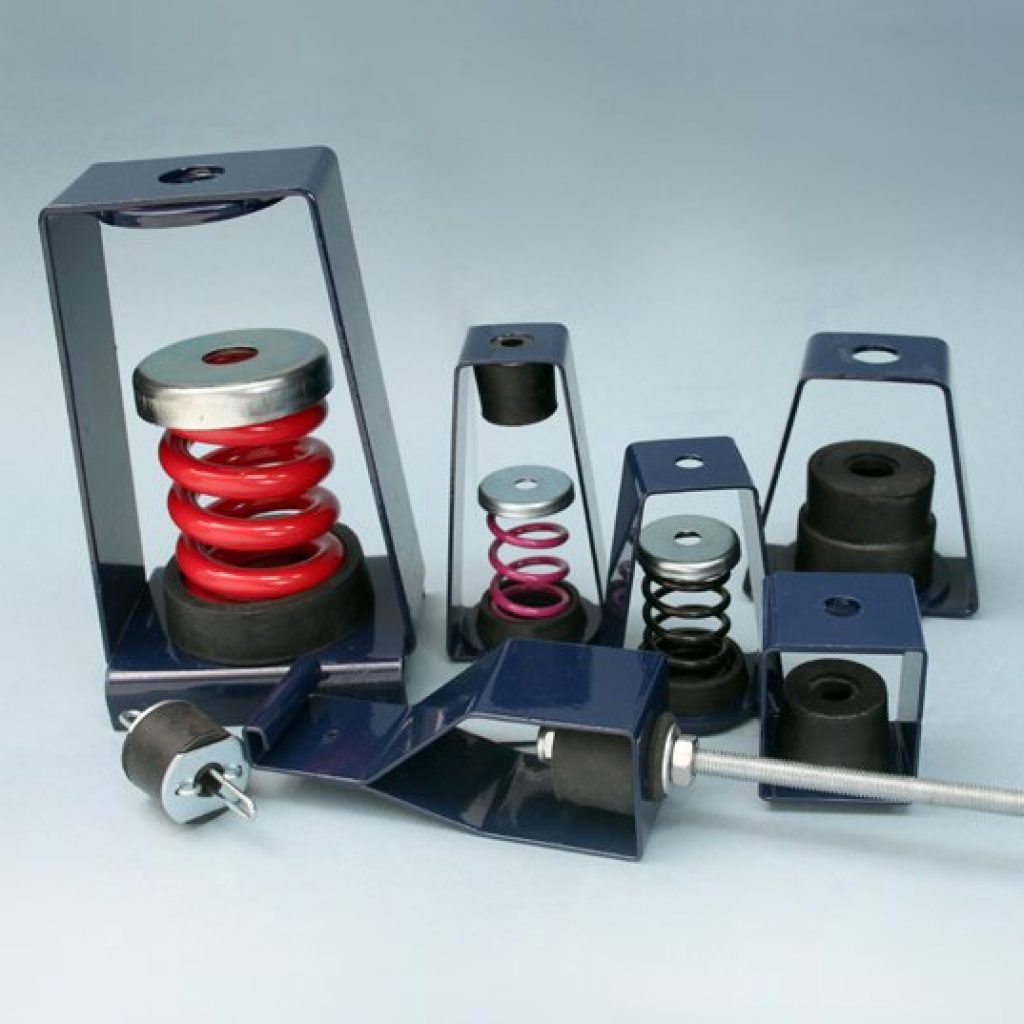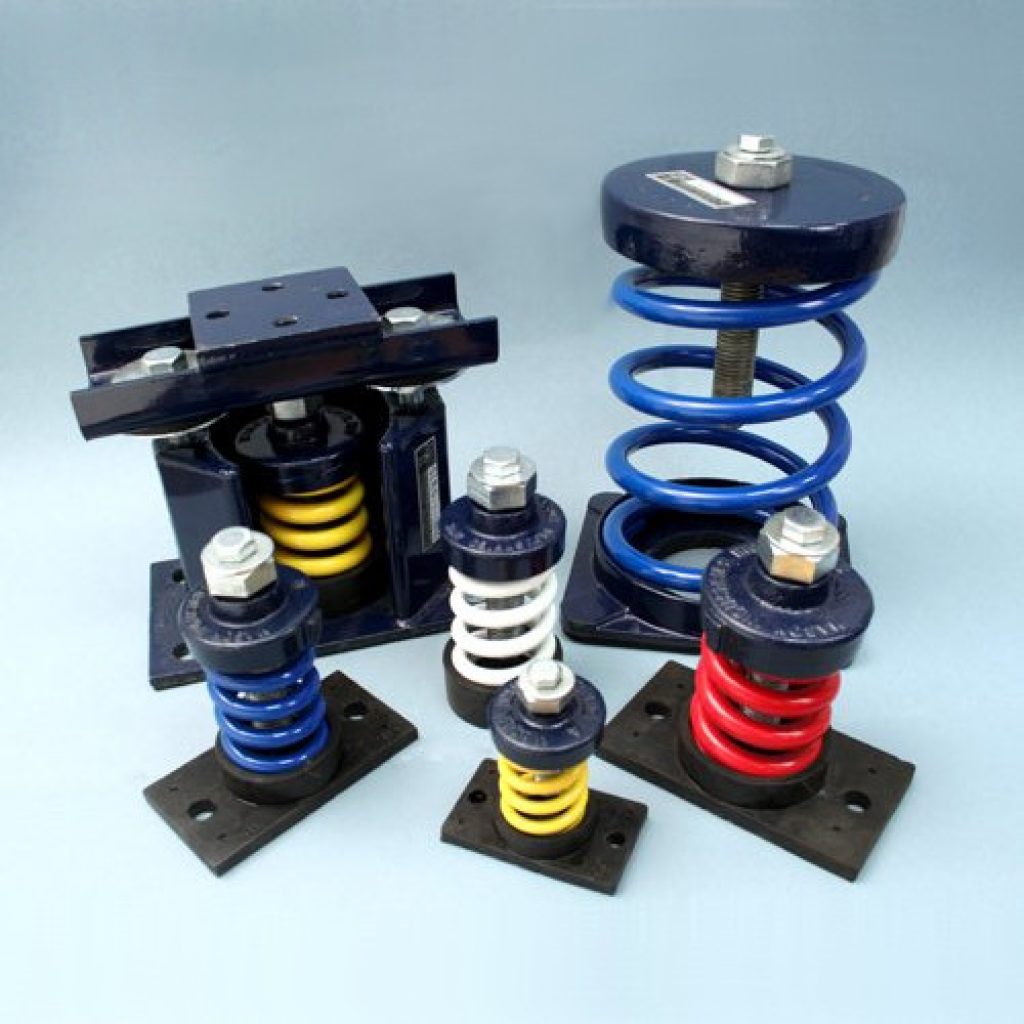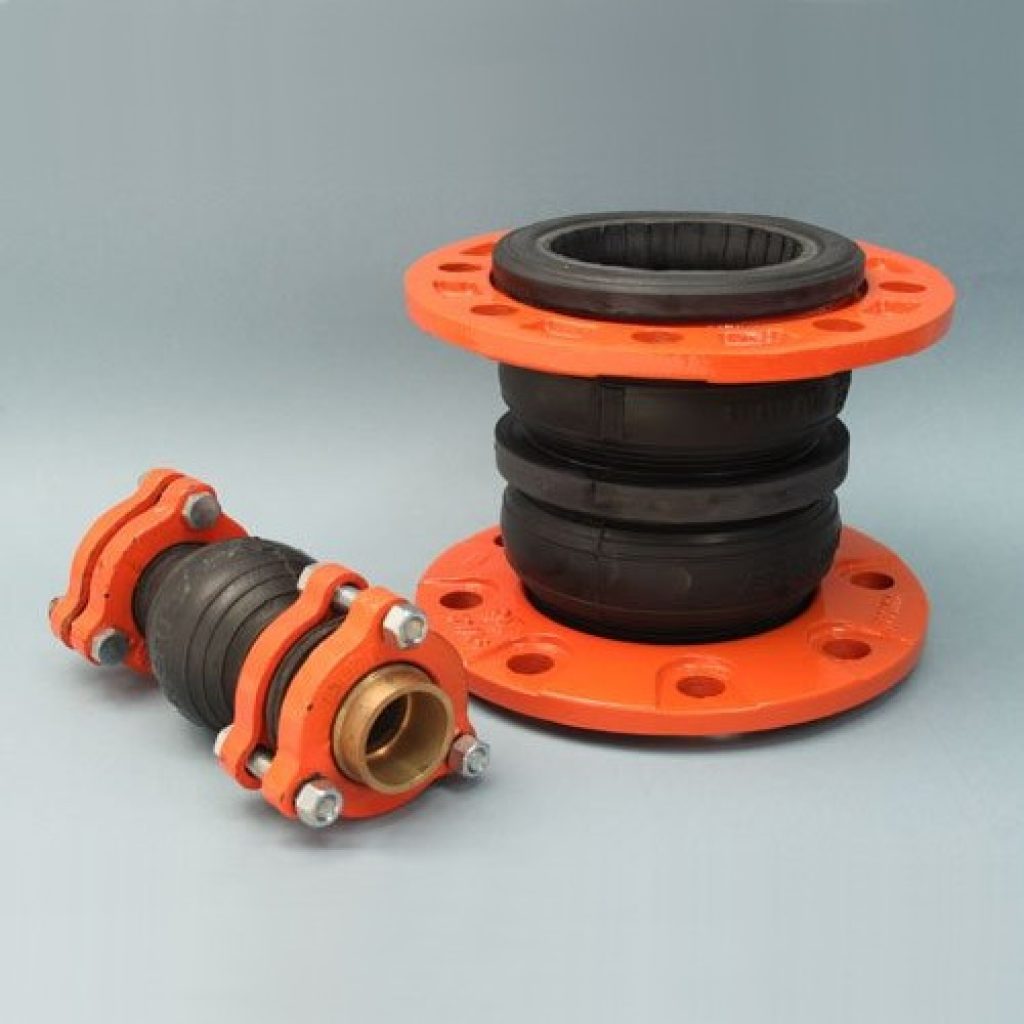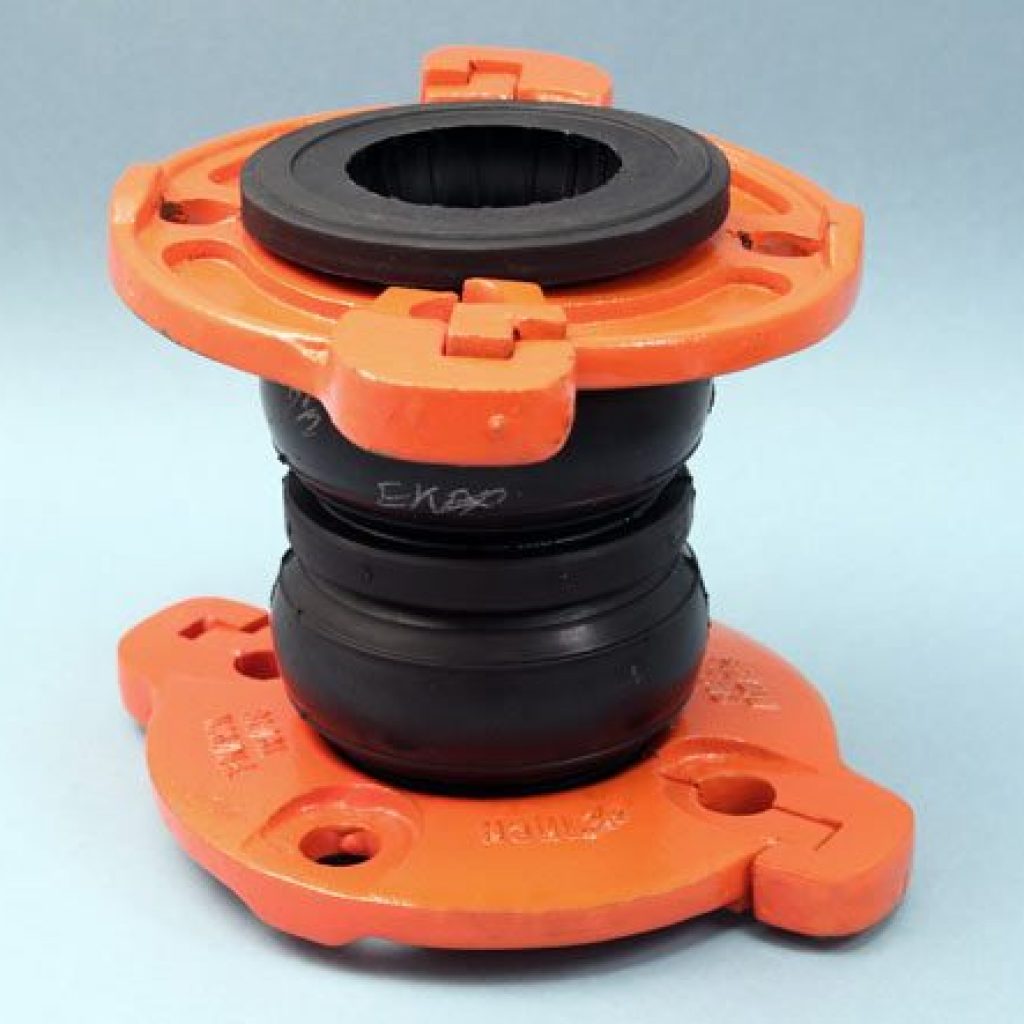Vibration Isolation of Mechanical Equipment and Services at Semiconductor Manufacturing Facility
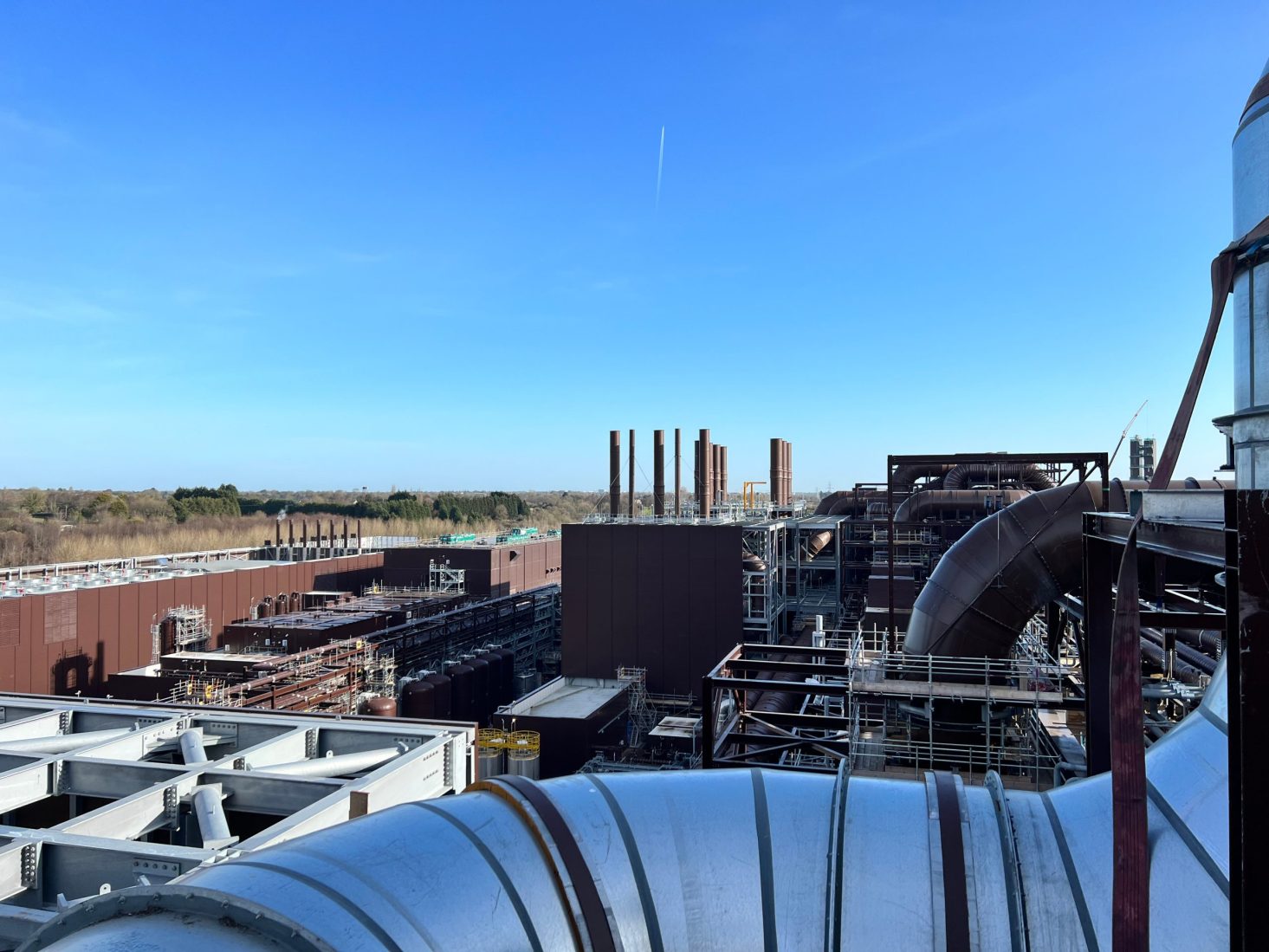
Semiconductor manufacturing has become a very high demand industry in the recent years. However, one crucial element to chip manufacturing that goes under the radar is the need for vibration control. Mason UK were heavily involved in the aspect, providing effective vibration control at Europe’s largest semiconductor manufacturing facility.
The project Mason UK are involved with is one of the largest manufacturing sites in Europe. Its purpose is the production of semiconductor chips. Periodically, fabrication plants, or fabs as they are more commonly known, require equipment upgrades. On this occasion, however, there is an entirely new plant to be constructed.
Although these manufacturing sites can be vast, most of the equipment is not directly used in the manufacture of silicon chips. Manufacturing at the nanoscale requires highly controlled conditions, so the fabs require an extensive range of heating, cooling and filtration systems. This plant equipment makes up approximately ninety per cent of the equipment located at a typical fab. This equipment ensures the correct temperature, humidity level and particulate level for the optimal production of chips. However, while solving one problem, it also introduces another. Mechanical systems and HVAC systems all generate vibration which, if left unmitigated, could disrupt sensitive precision manufacturing processes and interfere with chip production. Vibration control is key to making these things work.
From specification to design
Providing effective mitigation for this vibration is a highly specialised area where few companies have the required capabilities. For those that are involved, it all begins with the specification. Chip manufacturers require repeatability. They want all of their plants to be built the same way, whether they are in Israel or Taiwan. Of course, local conditions mean some adjustments will be necessary, but the basic principles must be strictly adhered to. These principles are contained in the specification.
The specification is key for providing the right intent and the products to be used, but it does not cover design. Despite the scale of this project, Mason took on significant responsibility for the design. This allowed the contractor to stick to those elements they knew best, while leaving the area of vibration control to Mason’s expertise. Although this arrangement is unusual, the extra engagement was an important factor in the contractor’s decision to work with Mason.
The challenge of scale
Isolating against vibration involves a system of specialised products that interrupt and absorb the path for vibration transmission. For this project, the key product was spring mounts. These are usually used for applications where low frequency (sub 8Hz) vibrations are present. One of the unique features of this project was the vast scale. In total, there were approximately 130 kilometres of piping and 3.2 kilometres of ductwork. The project therefore required a staggering 3,800 mounts.
As well as the quantity of products supplied and the logistical challenge it presented, the size of some of these products is also worthy of mention. In general, larger pipes require a higher level of isolation. As some of the ducts were up to four meters in diameter, there were some unusually large spring mounts that were required.
In addition to the mounts, Mason supplied 1600 acoustic hangers, from which pipework and ducts were suspended, as well as 400 flexible pipe connectors. Many of the products were supplied bespoke, with housings designed specifically to deal with factors such as wind loading and thermal expansion.
Engineering challenges
Mason assisted with the installation as well as the design, given the critical importance of getting this right. The spring mounts and hangers are designed to be easy to install, and include features for this purpose, but attention to detail is key as even millimetres matter. Mason were therefore on site regularly, assisting with installation, training staff and carrying out installation inspections. Adjusting a mount or a hanger incorrectly can lead to load in the wrong place and prevent the isolator from working, so the team’s experience was useful in ensuring everything would work as intended.
In addition to controlling for vibration, Mason’s solutions also need to accommodate factors like wind loading and thermal expansion. Designing systems that can handle both the demands of vibration isolation and these additional factors is especially challenging. Many of the mounts supplied were therefore bespoke, designed specifically to accommodate the additional loads and movement the ducts would be subject to, and to allow for this movement but within limits. These mounts are therefore restrained mounts, with customised housing that is more robust than you would expect with an off the shelf product.
The above is only a brief description of all the assistance Mason UK provided for this project. Please see many more photos of the installations below.


